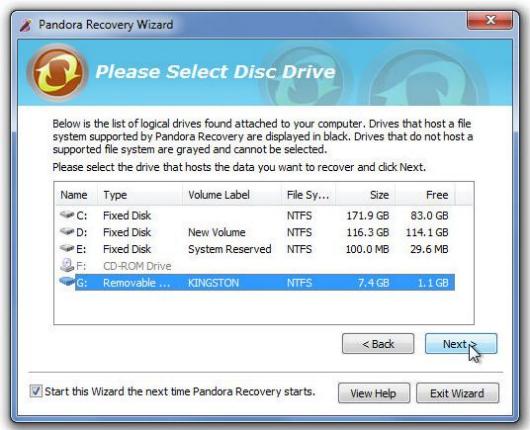

It won’t be next year, but over the next few years a generational improvement in understanding will be needed to curb new technology exploitation. Richard Blumenthal’s recent (embarrassing) failure to understand Instagram is just one example of the knowledge gap that exists with technology and those tasked with trying to understand it, know how it can be used to facilitate crime and then regulate Legislators and regulators significantly lag behind on the answers to these and other questions. Markets easier and opaquer? How are deep fakes and robust synthetic identity designs changing the risk in understanding and predicting risk? How is social media stimulating new global communities, both good and bad? Are new payment mechanisms making access to the financial That includes everything from how exactly blockchain is changing the financial supply chain to how crypto is being used more effectively to commit financial crime. The fundamentals of enterprise technology have radically changed, and that change is accelerating. We have opened a Pandora’s Box: The gap between understanding technology and regulation continues to grow Used, otherwise apples to apples comparisons and real value measurement will never be understood. Most critically these tests must use exactly the same data as previously (but they’re really stretching the truth.) Proof of innovation will be aggressively focused on rapid, materially, and measurable comparisons on the delta of improvement in the innovation. Not all these technologies are created equal, and the crowded market makes it even more difficult toįigure out what solutions are actually going to help fix the problem. It’s difficult for IT buyers to understand the differences in toolkits, especially when you have small but impressively capitalized vendors and consulting firms saying they have a product

There are new vendors throwing their hats in the ring all the time, but what’s happening is that for banks, it’s harder to see the forest for the trees.
What happened to pandora recovery software#
The globalĪML software market is rapidly growing, with BIS Research predicting it will grow at a CAGR of 14% from now until 2025.

Innovation in the last year has been difficult to find, even as enormous amounts of capital are flooding the market.

Innovation is hard to prove beyond large marketing budgets and over-promises The technology being used is antiquated the regulations lag behind. Those in the AML sector are still using a Model T Ford to catch criminals in Ferraris. So, they switched tactics and started buying small, distressed businesses for cash. Their cash through their normal channels due to closures and lockdowns. Though money launderers were still selling drugs and committing other crimes, they couldn’t launder all For example, the number of shell companies skyrocketed. The pandemic enabled money laundering to flourish to a greater extent than it already had been. The orthodoxy and nurture of failure continues Let’s take a look at what we’ve seen this year and what we should expect to see in 2022. Out $5.6 billion in money laundering fines – a massive uptick from prior years – and when the final numbers are releasedįor 2021, it’s certain to be even higher.īad actors, for their part, are continuing to find new ways of laundering money to fuel heinous crimes – and the rise of cryptocurrency has provided an increasingly appealing vehicle to do so.Īnd despite new attempts at regulations, banks and regulators lag sorely behind, even as the anti-money laundering (AML) industry continues to grow. In an attempt to deter this crime, we’re seeing fines continue to increase. The United Nations has estimated that between $800 billion and $2 trillion are laundered every year, though it’s almost impossible to know the true amount.


 0 kommentar(er)
0 kommentar(er)
